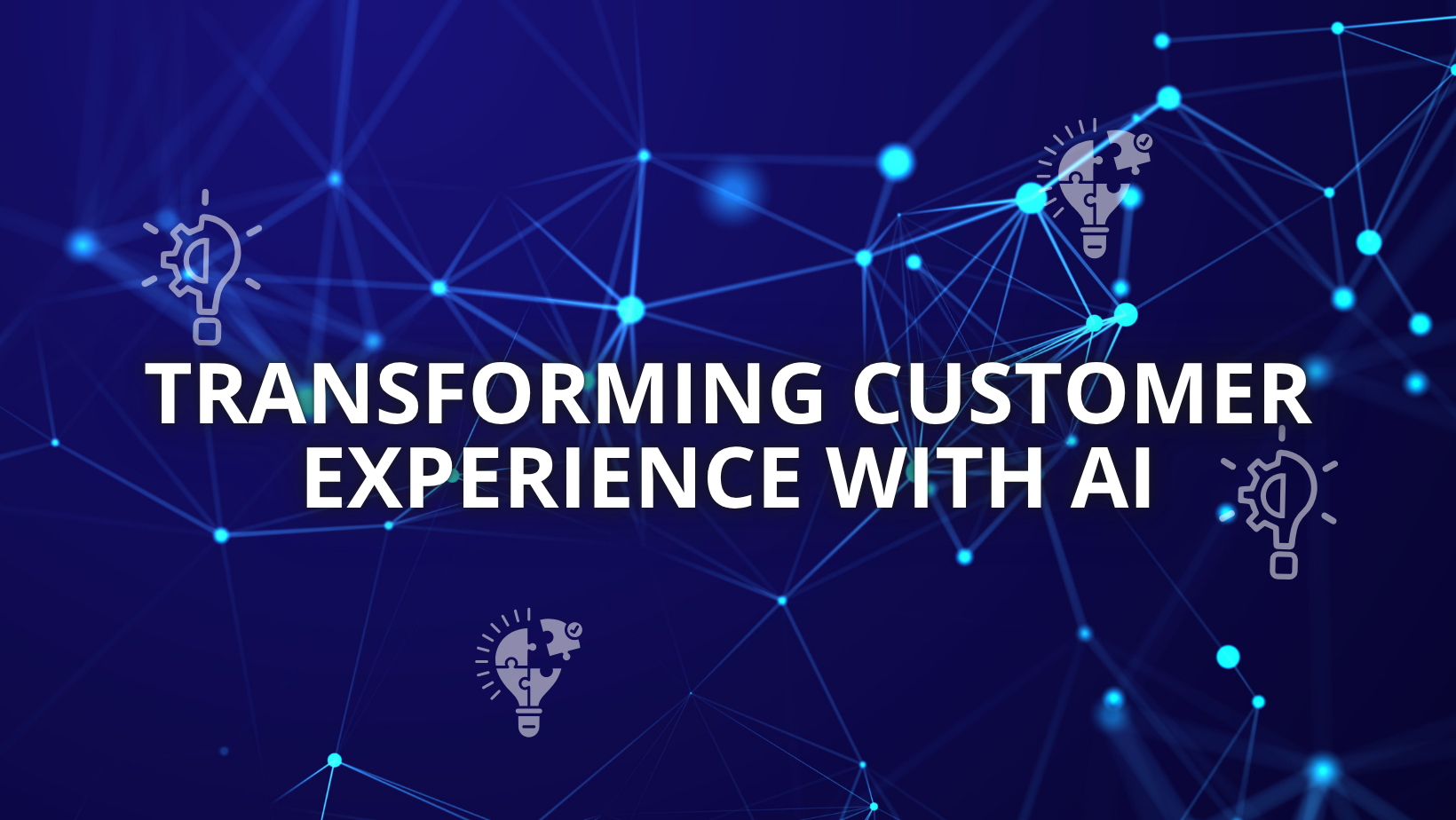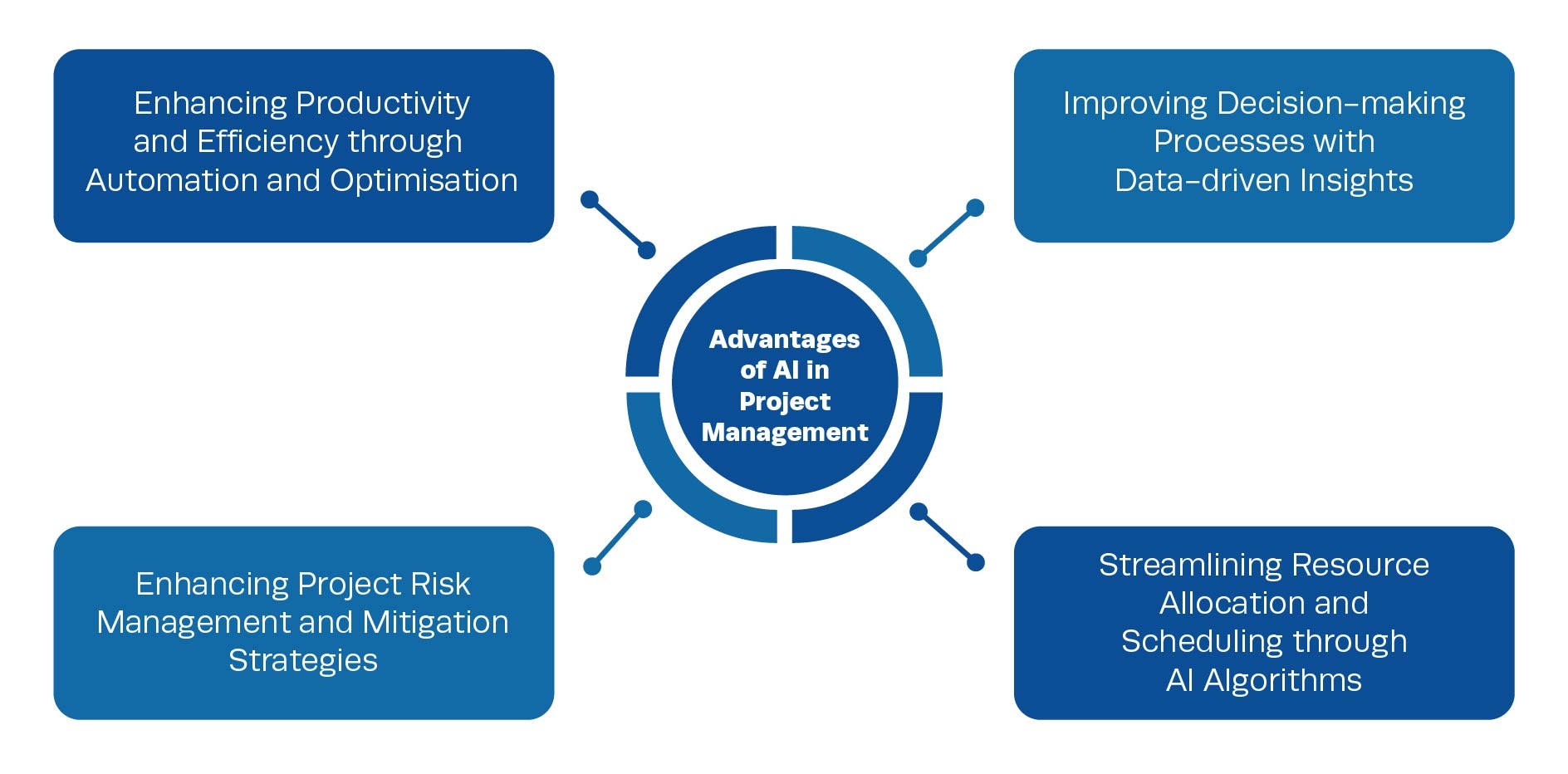Cognos Analytics provides top-class self-service analytics. The transition from IBM Cognos BI v10 to Cognos Analytics v11 is quite simplistic in terms of implementation, being one of the fastest business intelligence tools to deploy at an enterprise level. We are looking at an intuitive user interface, themes & extensions, redesigned reporting, data modules, and enhanced dashboards. The core reporting engine has remained the same. Still, it includes a ‘Watson-like’ engine to amplify dashboarding, guide data discovery & exploration; provide cognitive artificial intelligence capabilities, and automate time series forecasting, which you could say makes this transition exponentially smooth.
Cognos is now a fully integrated solution that eliminates having to work across different studios to provide your enterprise greater security & governance. Without the stress of keeping up with digital transformation, Cognos Analytics allows you to still access and navigate through all of the previous studios within Cognos 10 at just the click of a button. Although the user interface has been modified, the core techniques learned in Cognos 10 are easily and directly translatable to Cognos Analytics which gives all previous persona types a much more seamless consumption. Although many of the functionalities are enhanced through the latest upgrade, let’s boil it down to what is newly introduced in version 11.
Data Modules are a new capability to allow LOB users to connect to tables/flat files and conduct basic data modeling. Similar to the concept of Framework Manager packages, but not replacing Framework Manager/Cube Designer, you are now able to perform ‘intent-based modelling’. Data modules are able to be used to created dashboards and reports.
Data Sets have now been introduced to Cognos Analytics to enhance performance & provide deployment flexibility on the database by keeping a cached set of data. Data sets can be created from either Framework Manager packages or Data Modules. Cognos Analytics allows these data sets to be stored externally and gives the option to set up a scheduled time for the datasets to be refreshed.
Data Explorations allows context-driven data discovery and exploration. This flexible workspace can be used to uncover hidden relationships and identify patterns, resulting in knowledgeable insights. When creating an exploration, analytical insights & AI-driven recommendations appear on the screen to help deep-dive into your data discovery. Explorations can be initially made on an ad-hoc basis or even from pre-existing dashboards.
On a first-hand basis, Cresco has proven that Cognos Analytics has delivered a robust experience to our clients and internal end-users. If you would like to learn more, visit our website and schedule a custom demonstration! We are technical experts when it comes to integration, deployment, and training within software solutions.











